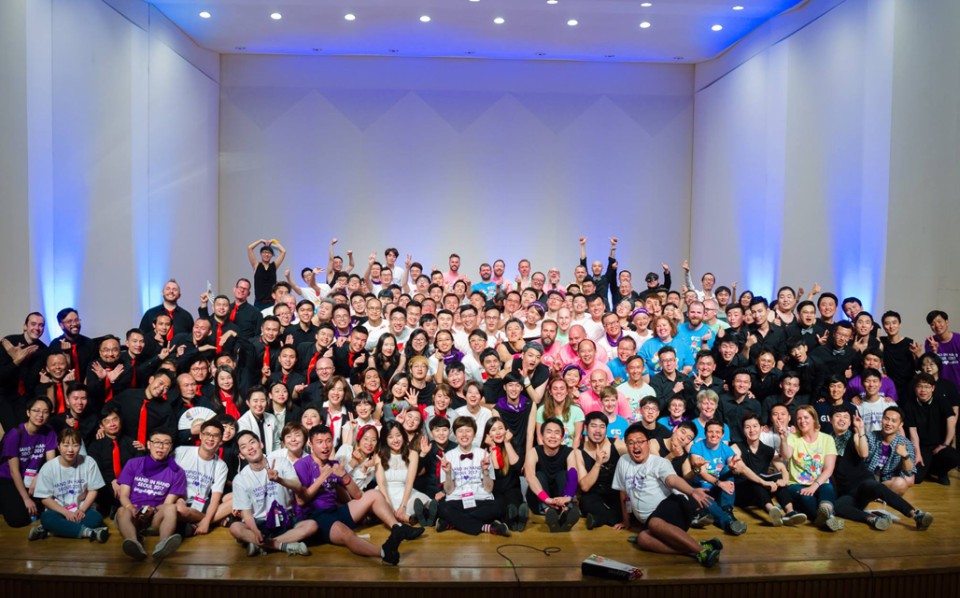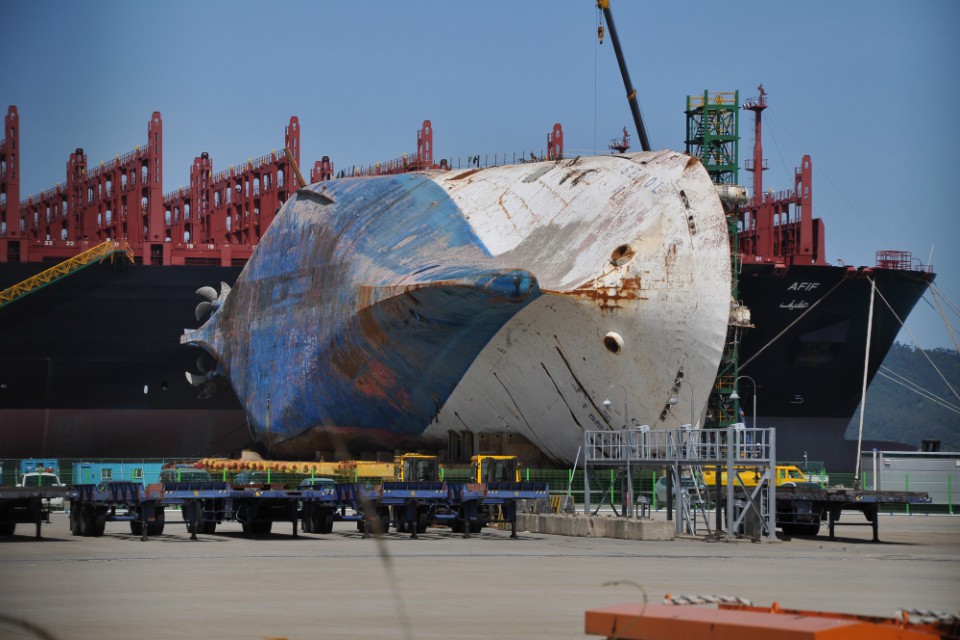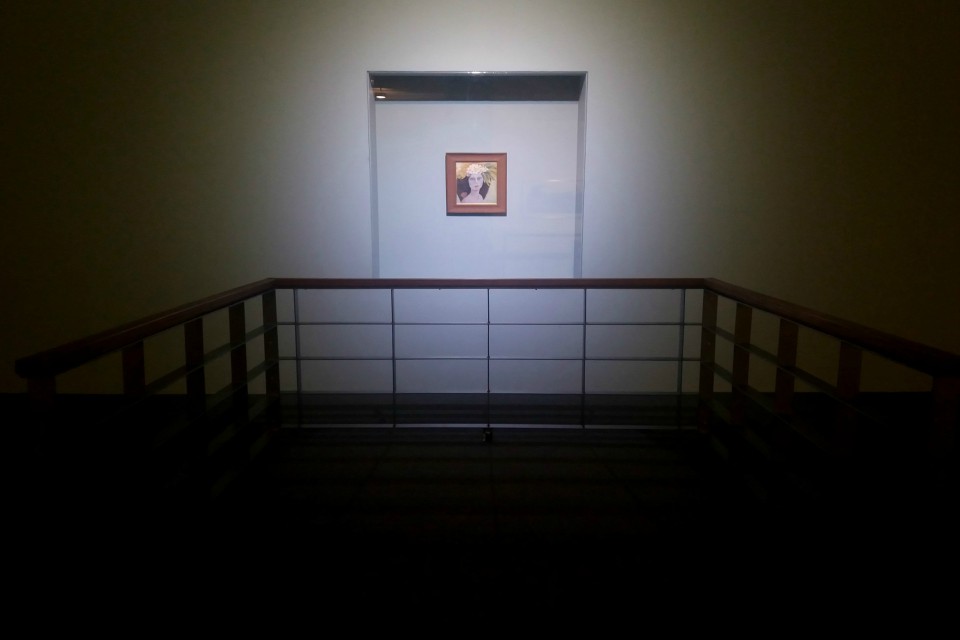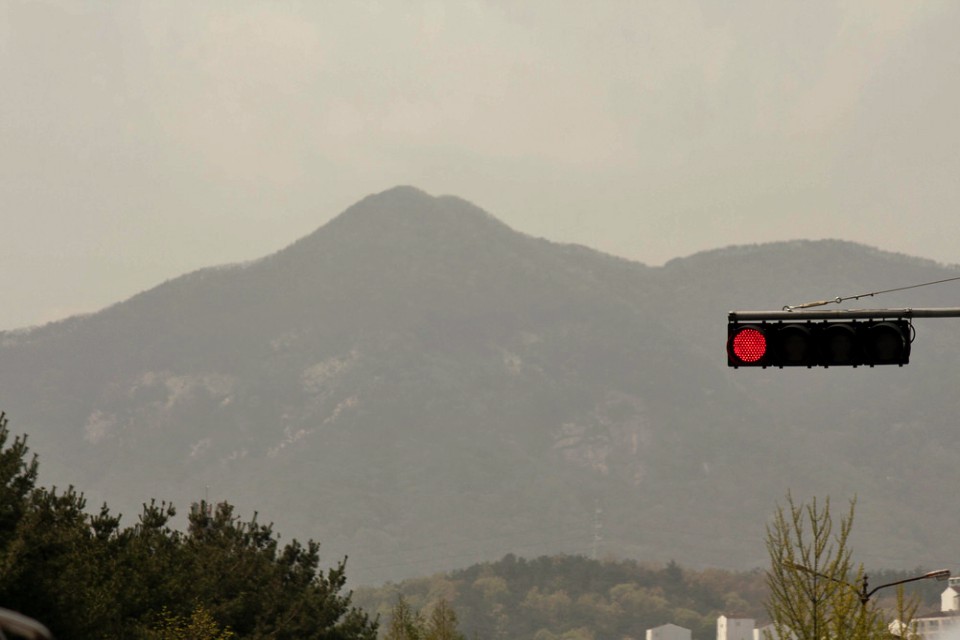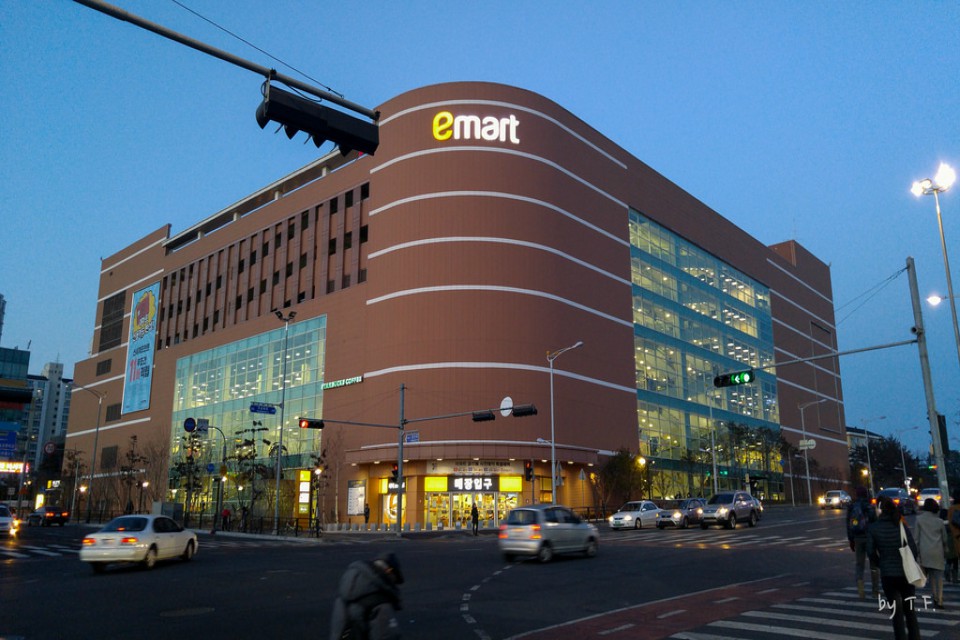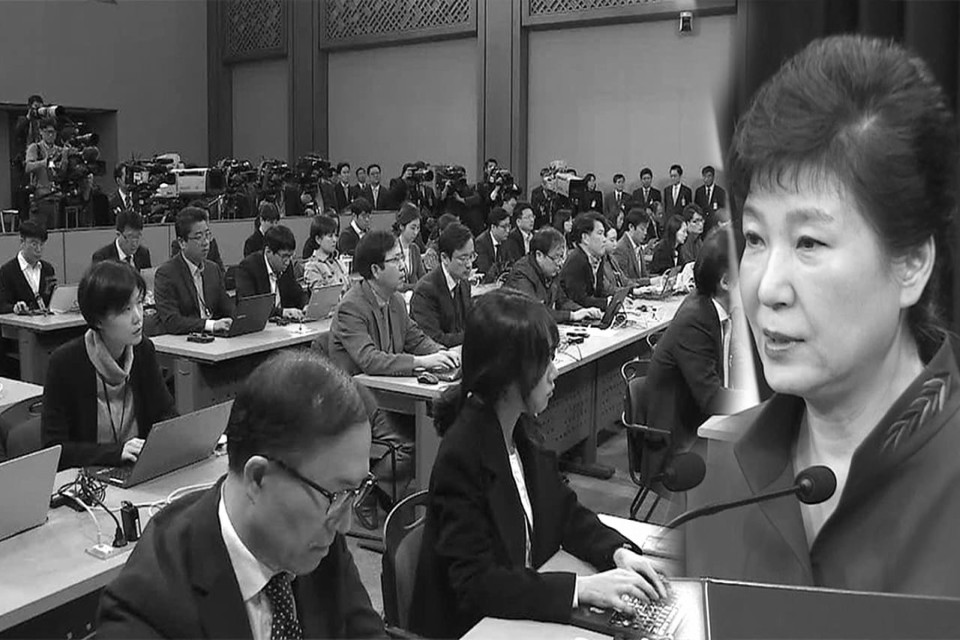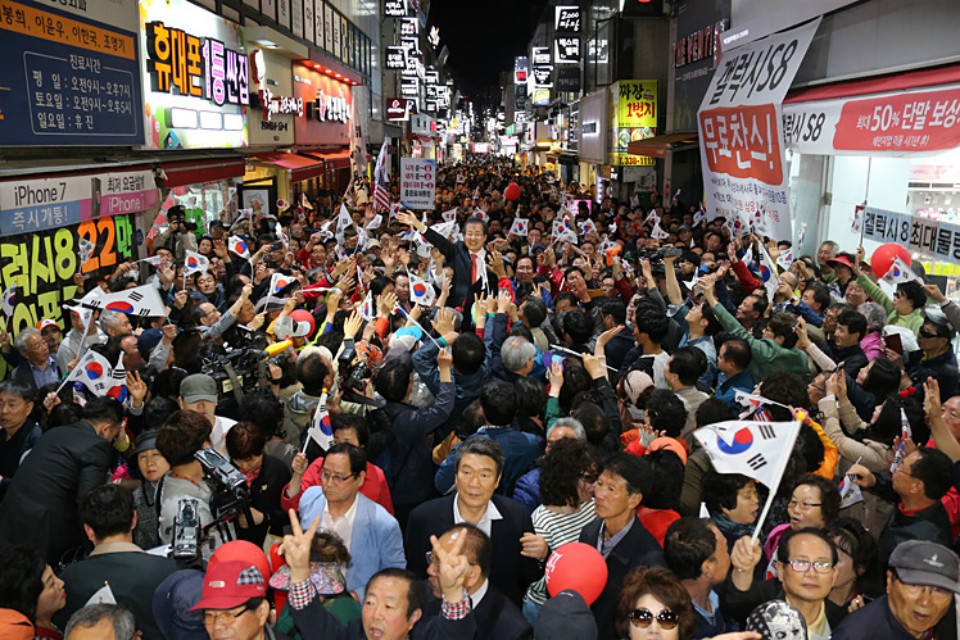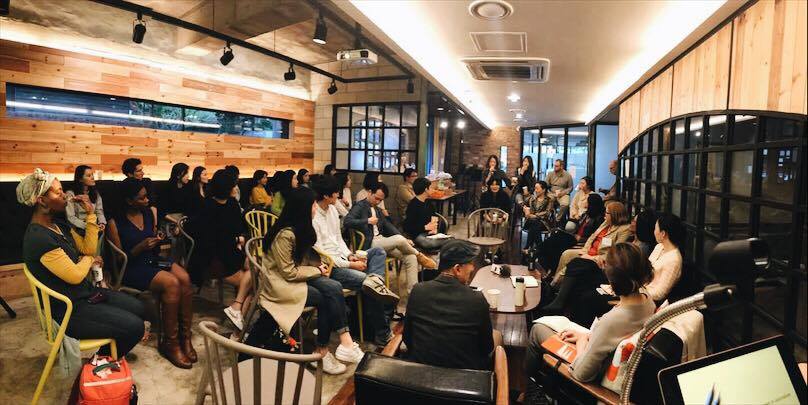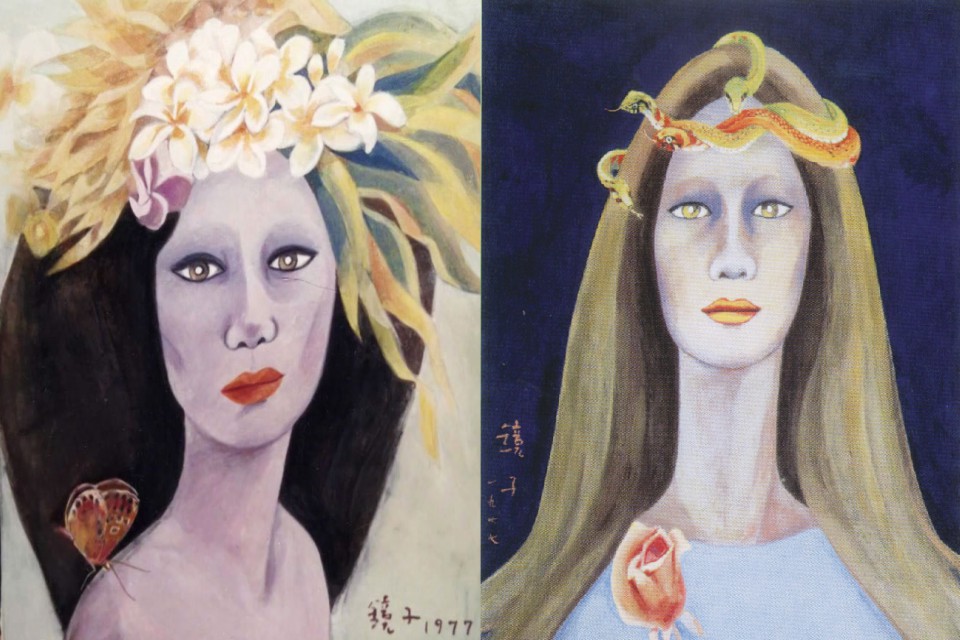KÉ Interview: Singing Against Homophobia
In the middle of Unnie Choir’s last number, Enan Ahn started to cry. She was one of the fifteen women singing “Into the New World,” a 2007 single by K-pop group Girls’ Generation. The lyrics were admittedly corny — “there’s no use in waiting for a miracle, it’
Salvaged. But Not Saved
Can there ever be complete closure for those who lose their loved ones? Perhaps “closure” is a rationale we force upon ourselves and others, so we can make the motion of closing one chapter and moving onto the next. But in reality, the next chapter is never
One of South Korea's Most Famous Paintings, but by Whom?
A single painting dominates a dimly lit corner in one of South Korea’s most famous museums. It’s about the size of a magazine. It doesn’t deserve any superlatives — it’s not the grandest, most beautiful, nor the most radical among all the paintings on display. It
Gwanghwamun Democracy 2.0: Air Pollution Roundtables
Jongno, where Gwanghwamun Square is located, is one of Seoul’s most polluted and heavily congested districts. So when I heard that a huge outdoor event on air pollution was taking place on the square, I raised my eyebrows. “Isn’t it sad that we’re
The Age of E-Mart Under Moon Jae-in
South Korea’s first branch of E-mart, now the country’s largest retailer and originally inspired by Walmart, opened in November 1993. That was about four years after the country’s first convenience store, the Seven Eleven near the Olympic Village in Seoul, appeared. It’s
More Than Fat
In one comedy sketch, an overweight woman wearing sparkling jewelry and a comely black dress scarfs down food. A man acting as her manager yells, “Min-kyoung, wake up! How many times have I told you to lose that weight? How can you call yourself a woman and not make the
Call Me Maybe: How N. and S. Korea Actually Communicate
The new Moon Jae-in administration wants to reopen communication channels with North Korea. The two Koreas haven’t talked on the phone for over fifteen months. But back when they did, at least two calls were made each day. What do these inter-Korean channels
Can S Korea's Blue House Reporters Ask More Questions Now?
On his first day as president of South Korea, Moon Jae-in held a press conference in Chunchugwan, the Blue House’s press building. After talking for a little less than 10 minutes, Moon left without a Q&A session. His top aides stayed behind for nearly 20
Glass Zoo: Tales of Veteran Women Journalists
Recently, the Korea Exposé team was looking at presidential candidates’ lists of pledges. “Woman” was the name given to one of the categories. A colleague asked me, “How do you feel about being a policy category?” I didn’t really know what
Hong Joon-pyo and Pig Stimulant: "Which S Korean Man Doesn't Have a Story Like That?"
Just about every South Korean probably knows by now the story of the pig stimulant, even those who haven’t been following the South Korean presidential election. It’s the story of the Liberty Korea Party candidate Hong Joon-pyo’s youth, which first appeared in his 2005
An Orphan Painting: Back In the Open After 26 Years
It’s incredible how a painting slightly bigger than an A4-sized sheet of paper could aggravate so many people for so long. 26 years ago, a painting was at the center of one of South Korea’s biggest art scandals. It was part of an ambitious government-sponsored
